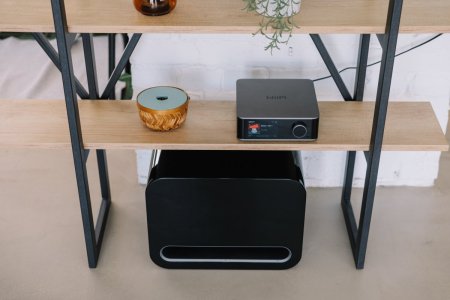Bottom line: You cannot tell the RMS power from a given peak power value. That's what I said.Peak wattage and RMS wattages are different in audio lingo. It is routine to report RMS wattages for sub-woofers. Without knowing if it it Peak, Peak to Peak or RMS it is hard to compare the power of different amplifiers.
For example the SVS SB-1000 Pro has this spec
"325 watts RMS continuous power (820+ watts peak dynamic power)"
That is what I would like to compare.
Also, there's no such thing as peak to peak power. What should that be? You can specify peak to peak voltage (or current, if you need to, but with pretty much all Hi-Fi amplifiers being voltage sources this is less common). That's just two ways of describing the same thing.
We can easily convert RMS voltage into peak voltage or peak to peak voltage (still assuming sinusoidal signals), but not power measurements.
@RyanWithWiiM, can you please confirm that the WiiM Sub Pro is really a wireless subwoofer, not a 15" display?
Last edited:


